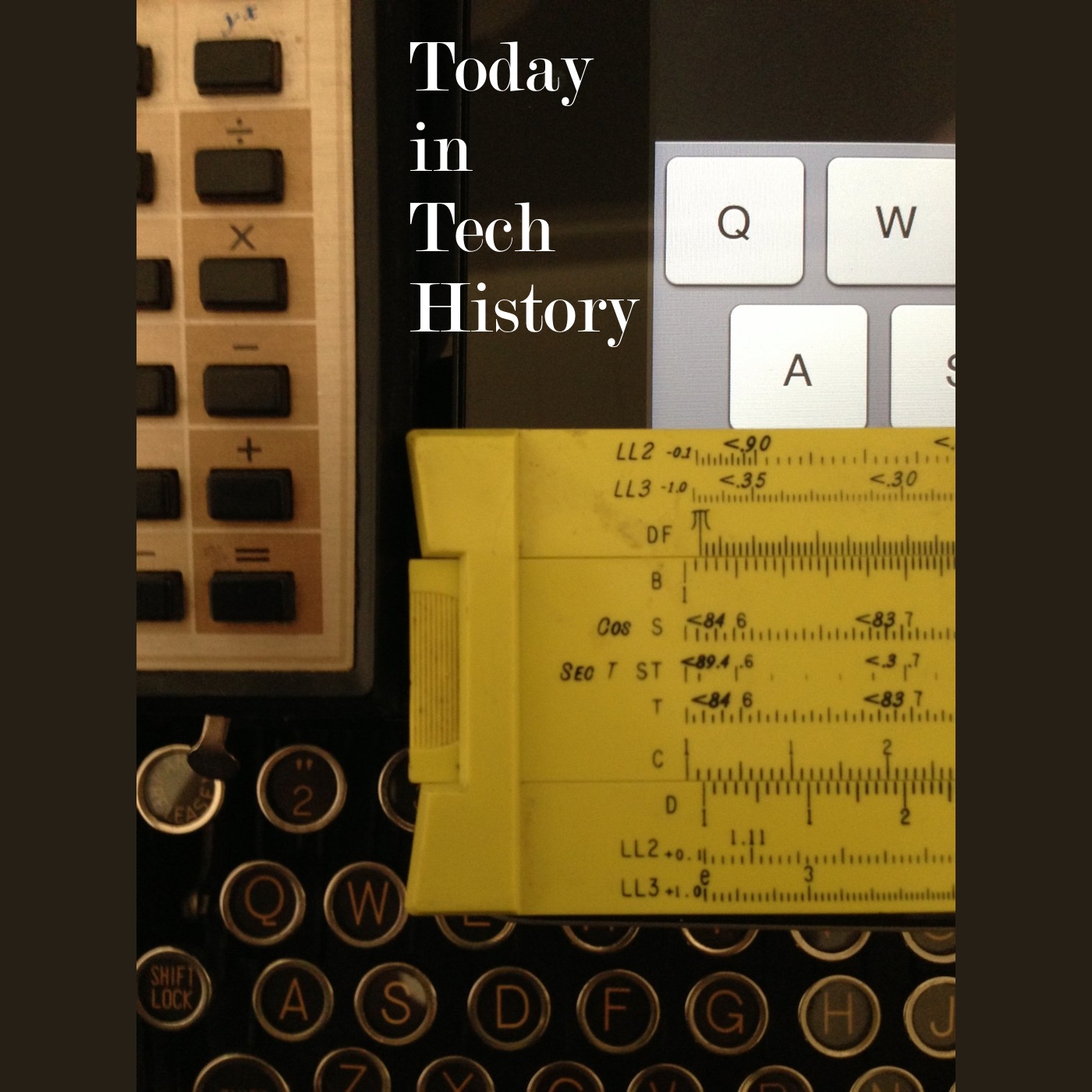 1958 – Scientists at Lincoln Laboratory at MIT bounced radar signals off the planet Venus, calling it the first measurement of interplanetary distances.
1958 – Scientists at Lincoln Laboratory at MIT bounced radar signals off the planet Venus, calling it the first measurement of interplanetary distances.
http://news.google.com/newspapers?nid=1734&dat=19590319&id=c1EqAAAAIBAJ&sjid=YFEEAAAAIBAJ&pg=7082,1174229
1996 – Chess’s international grandmaster Garry Kasparov began a six game match against IBM’s Deep Blue. Deep Blue won the first game, the first time that a current world champion had ever been beaten by a computer opponent under regular tournament conditions.
http://www.research.ibm.com/deepblue/watch/html/c.10.html
http://www.wired.com/thisdayintech/2011/02/0210computer-deep-blue-beats-chess-champ-kasparov/
2004 – While talking about their forthcoming game, Game Neverending, Ludicorp unveiled a side project called Flickr at the O’Reilly Emerging Tech Conference in San Diego. It was a service that melded chat rooms with real-time photo sharing.
http://techland.time.com/2014/02/10/flickr-turns-10-the-rise-fall-and-revival-of-a-photo-sharing-community/?curator=MediaREDEF
2009 – One of Motorola’s communication satellites Iridium 33 collided with defunct Russian satellite Kosmos-2251 destroying both. It was an unprecedented space collision.
http://www.space.com/5542-satellite-destroyed-space-collision.html
Read Tom’s science fiction and other fiction books at Merritt’s Books site.